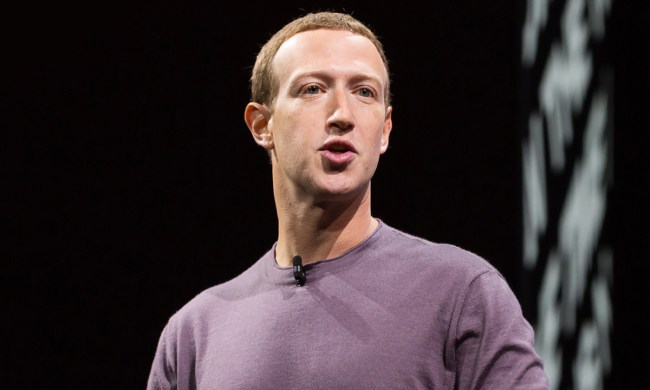
Our brains, along with the cochleas in our ears, possess the power to reconstruct language from components, and Facebook is looking at hardware and software to transmit those components to the body via pressure changes and vibrations. During the day 2 keynote, the company demonstrated a video of one of its engineers repeating words communicated to her through sensors embedded in a sleeve on her arm. Simple words, like “blue” or “cube,” were sent through a smartphone, and the engineer was able to understand without a single word being uttered.
The concept may seem crazy at first glance, until you consider the work that has already been done in the field, dating as far back as the development of Braille in the 19th century. Facebook is building upon that foundation, with the ultimate goal for one person to be able to “think in Mandarin,” and someone else to instantly “feel in Spanish.”
Regina Dugan, who heads the division and is formerly the head of Google ATAP, said we’re much closer to these goals than many realize. The company is also working on a project that would allow humans to type 100 words per minute using only their brain. Through the use of improved, non-invasive sensors, breakthroughs in optical imaging technology, and machine learning, it’s already a reality as Facebook showed a patient with ALS typing just a handful words with her mind. More than 60 scientists from universities all over the world are working on this project with
Still, the social media company is well aware of the privacy questions that will inevitably surface with this initiative. Dugan stated the objective was to achieve the speed of voice with the privacy of text, likening the approach to sharing photos online. We have only several thoughts out of many we’d actually like to share, Dugan said, and Facebook is not interested in broadcasting the random noise in your head.
“Imagine the power such a capability would give to the 780 million people around the world who cannot read or write — but who can surely think and feel,” she said.
Don’t expect to see any of this technology in the real-world this year, but Dugan said maybe in a couple of years.


